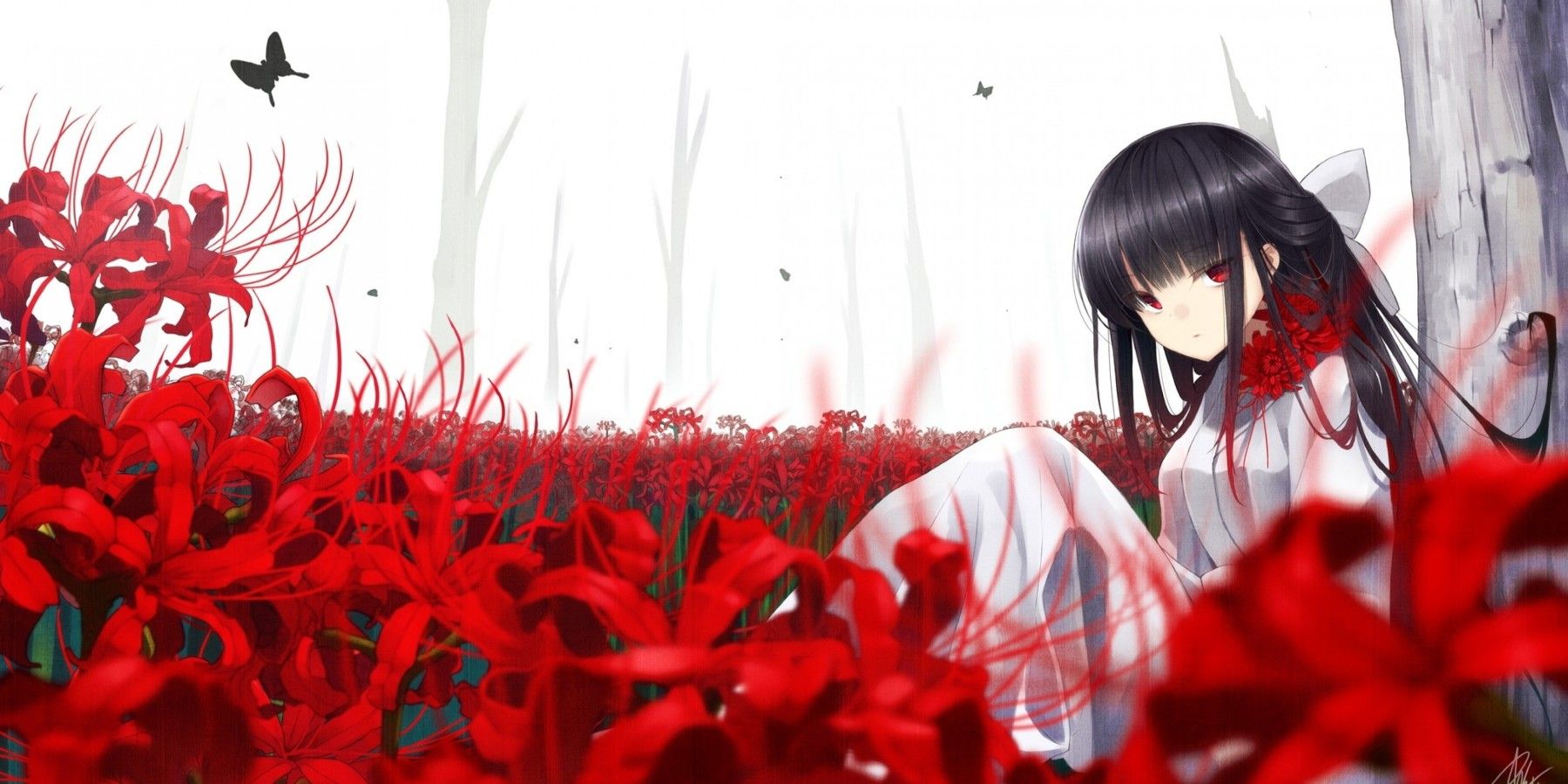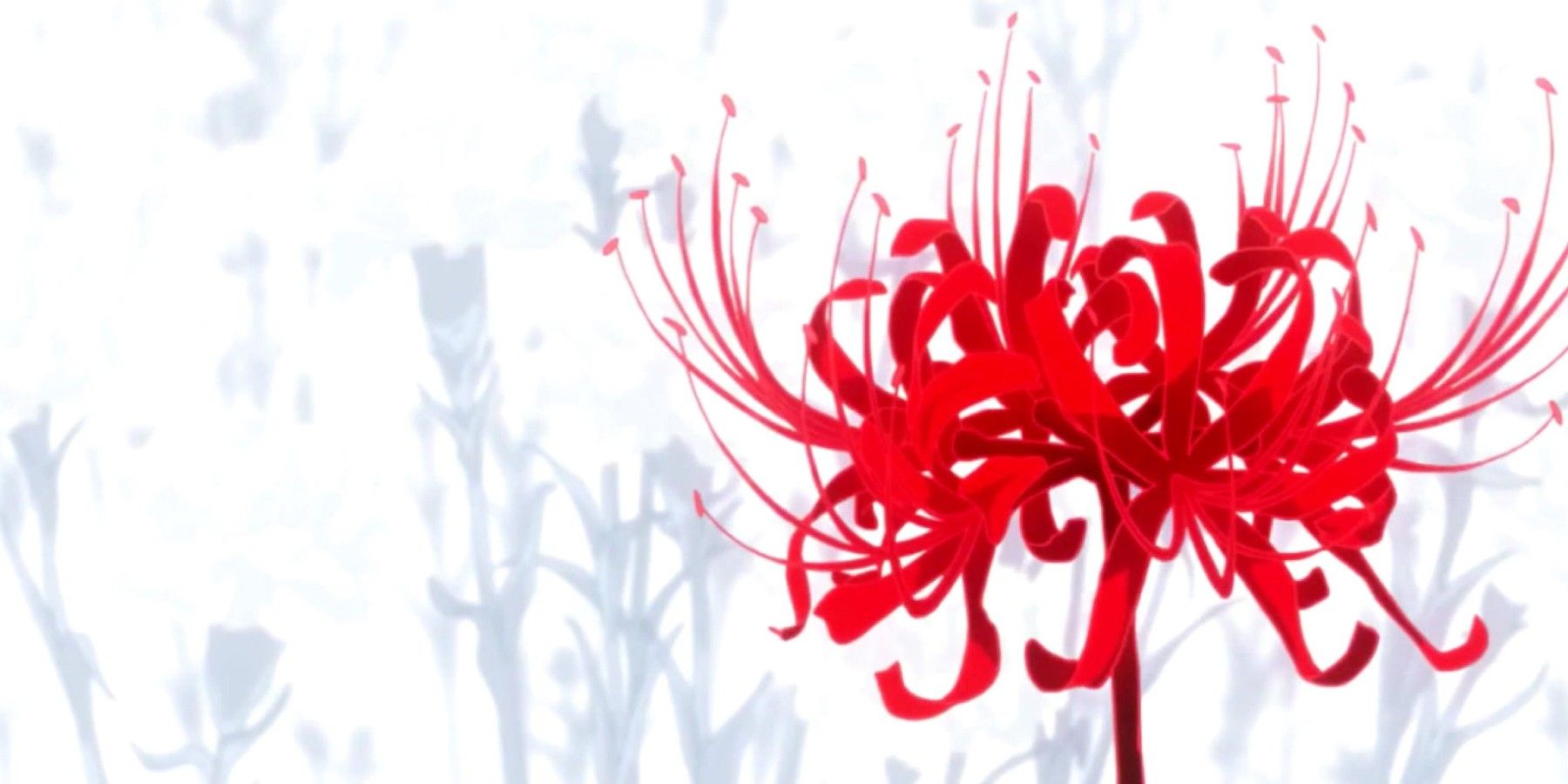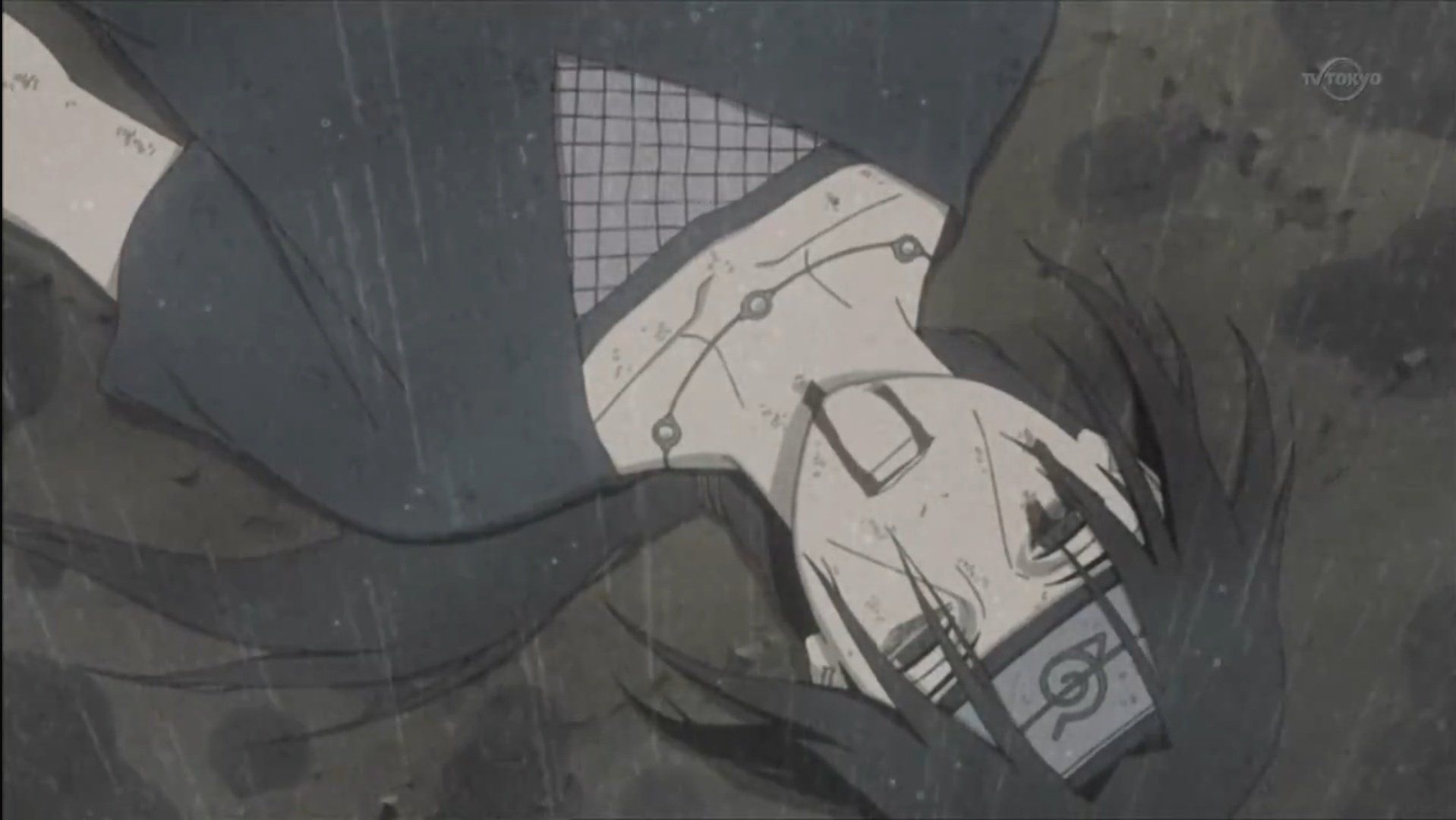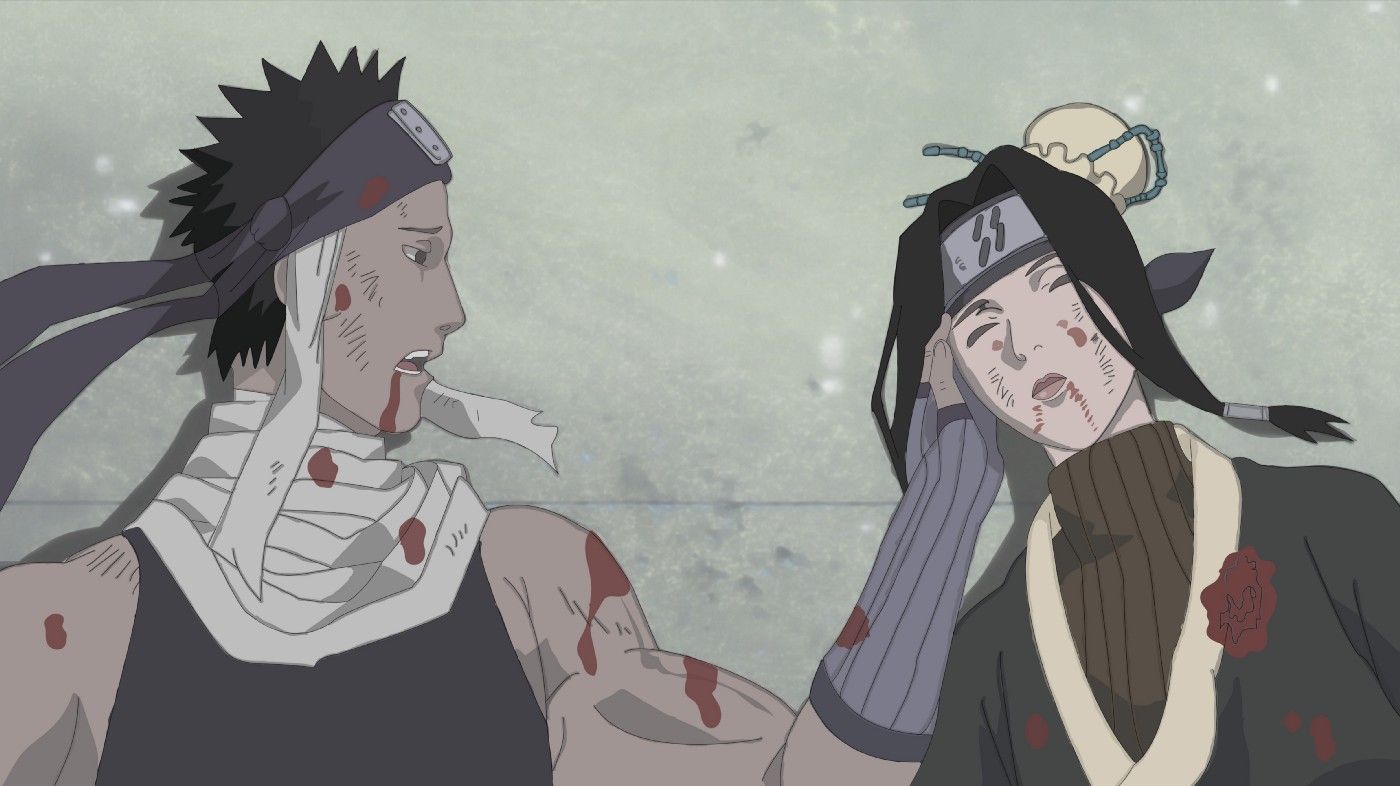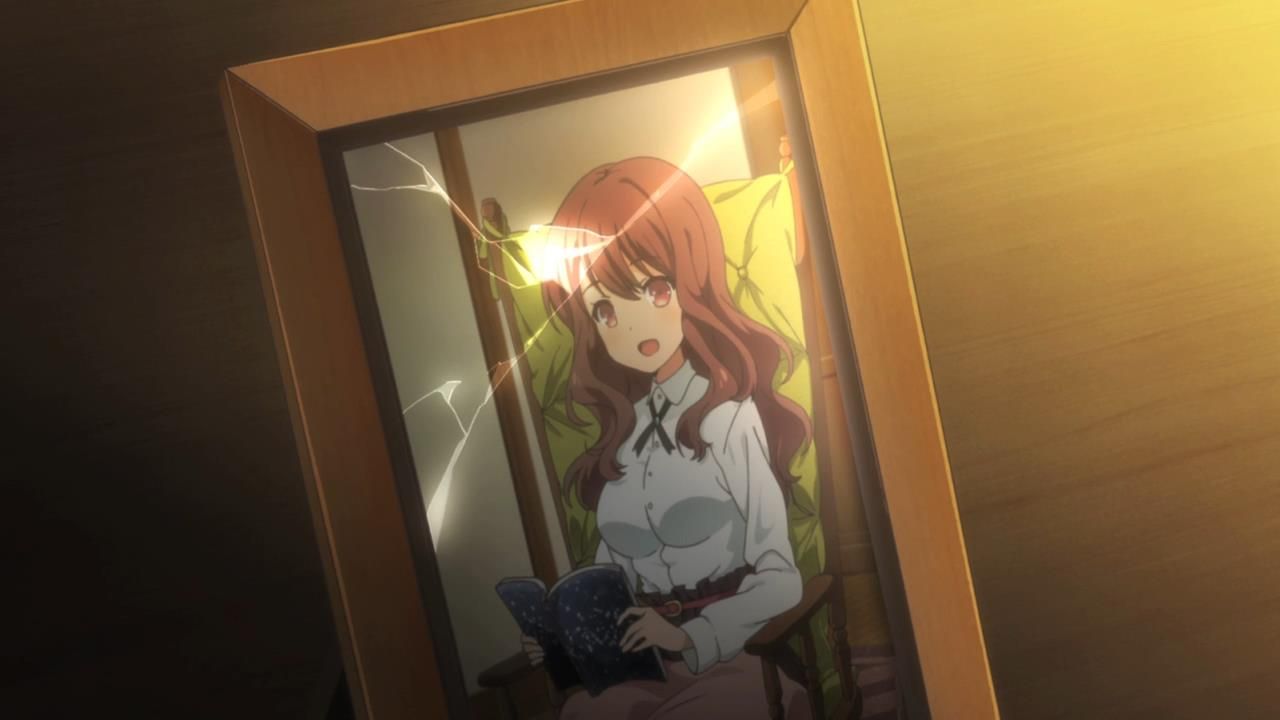The concept of death is one that is vehemently used in anime, representing not just a range of emotions but also hidden themes, messages, and even ideas. The versatility of death further allows creators to utilize this notion in a number of ways, as evident from the symbolism that surrounds death in most anime. The sentiment is further exacerbated through the use of pathetic fallacy, as personifying the subtext of demise has a way of adding a profoundness to any death scene.
Anime series are known to materialize this concept in a number of ways, with most bearing a direct link with Japan’s own folklore and religion. The country’s main religion, Shintoism, takes the concept of death quite seriously, attributing a number and dark and negative undertones with a person’s passing. Consequently, the same sentiment is reflected in the country’s staple media, as seen from the significance attached to the belief and the symbolism that follows.
Red Spider Lily
The red spider lily, known as Higabana in Japanese, commonly appears in anime right before any tragic scene, most notably before a death. Despite originating in China and Korea, these flowers made their way to Japanese folklore, as they are now commonly associated with death and demise. The origins of this symbolic link can be traced back to the practice of laying red spider lilies on the deceased's grave. From this tradition, red spider lilies were dubbed as the 'flower of death', prompting their widespread use in anime for the depiction of an imminent tragic death.
Several anime series have been witnessed to incorporate the red spider lily to represent tragedy and death, usually in the backdrop. In the Tokyo Ghoul series, the flower is shown beside the deathbed of Kaneki’s mother. Demon Slayer’s ending vividly depicts red spider lilies as well, quite befitting for the theme of death and chaos that the series revolves around.
Rain
Synonymous with gloom and fear, rain has many faucets that can be utilized in evoking emotions among viewers, yet the most notable use lies in the depiction of death. Although already associated with melancholy and despair, rain adds another element to the scene, fortifying the sentiment that comes with one's passing. Raindrops are commonly linked to tears, with the connotation that the character’s death has forced even mother nature to shed its tears.
With such heavy undertones, it adds up to how rain can exacerbate the scene of someone’s demise, making the death scene quite compelling. Almost every anime has used rain to symbolize death and its associated sentiments. In the Naruto series, some of the most profound deaths take place in this manner, as seen in the case of Jiraiya and Itachi. This symbolic element, however, is not limited to the death scene itself, as oftentimes a heavy downpour before a climactic scene can represent an anticipated death, while other times, the sentiment of gloom and despair is portrayed through the use of rain during a funeral.
Snow
Despite being a less common element in the depiction of sorrow, snow has indeed played a role in symbolizing death, albeit a pure one, in some anime. Similar to rain, snow represents cold and melancholy, and the negative emotions that follow.
However, only a few anime have been seen to utilize snow to depict a character's death, with one example being the Naruto franchise. When Haku dies, it begins to snow, prompting Zabuza to wonder whether it's Haku who’s crying. The snow in the scene represented Haku’s pure soul, and how the young boy went too soon.
Objects Shattering
In Japanese culture, and many others around the world, an object breaking is seen as a bad omen, with several negative connotations attached to it. This link is strengthened even more in the case of an object associated with a character. Most anime use this depiction through glass objects that fall and shatter, such as a photo frame, hinting towards an imminent tragedy for that character.
Although the medium for this symbolism varies, the focal theme of death and fear remains constant. In Naruto, the moment Hiruzen Sarutibi, the Third Hokage, dies at the hands of Orochimaru, a massive crack appears over his face carving on the Hokage Rock. Similarly, other anime use mediums such as flower vases or picture frames, as their shattering effect creates an earnest scene that represents not only death but the passing character’s hopes and dreams shattering to pieces.

